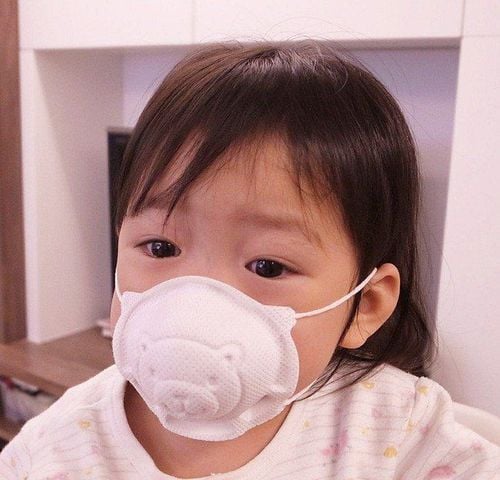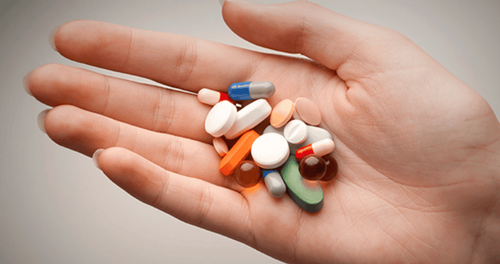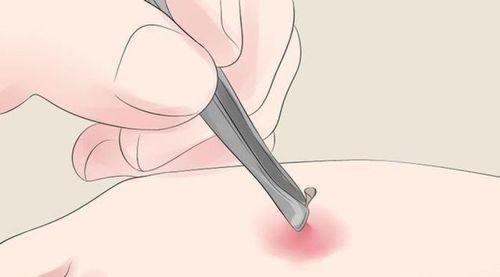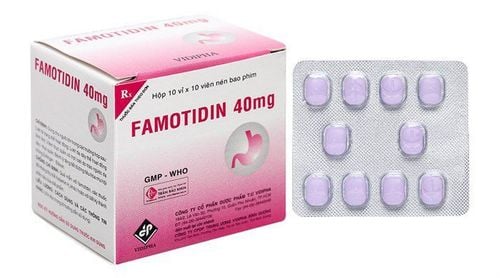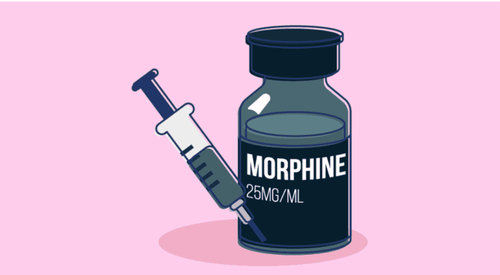This is an automatically translated article.
The article was professionally consulted by Pharmacist Huynh Xuan Loc - Faculty of Pharmacy - Vinmec Central Park International General HospitalWhen we need medication to relieve allergies, we often think of antihistamines first. So what is the mechanism of this group of drugs, how is it reasonable to use the drug?
1. What is Histamine?
Histamine is an important mediator in allergic reactions. The target of action of histamine in the body includes histamine H1 receptors (present in many different cell types such as respiratory smooth muscle, blood vessels, white blood cells ...) and H2 receptors (present in parietal cells). stomach). When allergens enter the body, histamine is released that acts on the H1 receptors to cause an allergic reaction (edema, inflammation, itching, rash, tracheal constriction...). When acting on H2 receptors, histamine causes increased secretion of gastric acid, if excessive, it can cause stomach ulcers.2. Antihistamines
Antihistamines are competitive antagonists of histamine at the respective receptor. Depending on the antagonism taking place on H1 or H2 receptors, we divide antihistamines into 2 types: one is an H1 antihistamine with anti-allergic effects and the other is an H2 antihistamine that helps reduce gastric acid secretion. In the treatment of allergies, H1 antihistamines are usually the first and safe choice, while H2 antihistamines are used to reduce acid secretion and treat stomach ulcers.2.1 H1 antihistamines There are many types of H1 antihistamines on the market, including 2 main groups, 1st generation drugs and 2nd generation drugs.
1st generation H1 antihistamines: including drugs such as promethazine, chlorpheniramine, diphenhydramine, hydroxyzin... These are classic antihistamines, born in the 1930s. First generation drugs cross the blood-brain barrier, so they have side effects causing drowsiness. The drug has a short duration of action, so users have to take it several times a day. 2nd generation antihistamines: including drugs such as loratadine, cetirizine, fexofenadin... 2nd generation H1 antihistamines have fewer side effects causing drowsiness than 1st generation drugs, so they are more widely used in treatment.
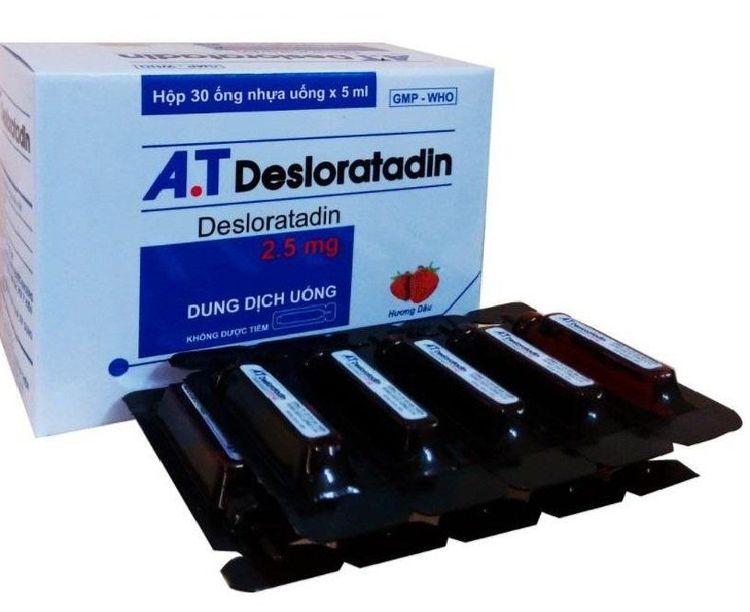
Thuốc kháng histamin thế hệ 3: Desloratadine
2.2 H2 Antihistamines Typical H2 antihistamines such as cimetidine, famotidine, ranitidine ... are used in the treatment of gastric - duodenal ulcers, gastroesophageal reflux disease. The side effects that can be encountered when taking the drug include diarrhea, headache, dizziness ... However, these reactions are rare and the drug is considered safe for most people taking the drug.
3. How to use H1 antihistamine?
H1 antihistamines are indicated in the treatment of acute and chronic allergic reactions with symptoms such as: runny nose, erythema, pruritus, urticaria. atopic dermatitis...
However, antihistamines only help relieve symptoms, not change the cause of the disease, so identifying and avoiding allergens (such as pollen, dust, food, etc.) food, other drugs, cosmetics...) can help the disease be treated completely. However, in some cases, finding the cause of the disease requires the understanding and examination of the treating doctor to have the best effect.
In the case of patients with severe allergies (such as anaphylaxis), histamine is released massively, only taking H1 antihistamines cannot solve it, but must quickly bring the patient to the emergency room for appropriate treatment. . In addition, some drugs of the 1st generation are also used as anti-motion sickness drugs due to their sleep-inducing and mild sedative effects, helping to alleviate vestibular disorders, dizziness and nausea.

Thuốc kháng histamin chống say tàu xe
4. Things to keep in mind when using H1 antihistamines
1st generation H1 antihistamines have side effects on the central nervous system such as drowsiness, loss of concentration, dizziness, so it should not be used while driving, working at height, operating machinery hooks or jobs that require alertness. First-generation drugs also have side effects that cause dry lips, constipation, tachycardia, and urinary retention when used for a long time. 2nd generation H1 antihistamines are less likely to have the above side effects than 1st generation drugs.

Trước khi sử dụng thuốc, người bệnh cần được tư vấn kĩ
In summary, H1 antihistamines are effective in reducing allergy symptoms such as itching, runny nose .... These drugs have a great role in the treatment of diseases such as allergic rhinitis, inflammation. allergic conjunctivitis and urticaria. With a long history and proven safety over the years, antihistamines are widely used and effective over-the-counter medications.
Please dial HOTLINE for more information or register for an appointment HERE. Download MyVinmec app to make appointments faster and to manage your bookings easily.
References:UK NHS, Antihistamine, 2020, Khashayar Farzam; Maria C. O'Rourke, Antihistamines, 2019,




